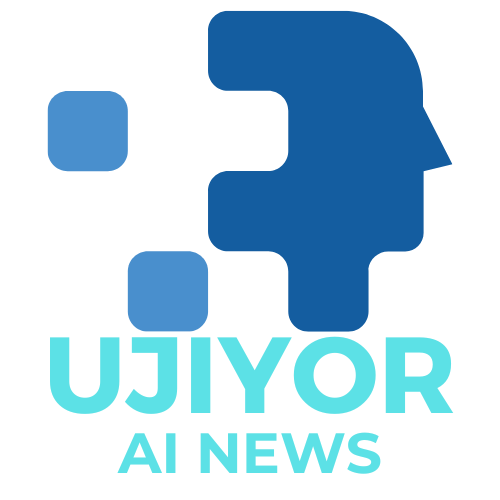Introduction: AI’s Unstoppable Evolution
Artificial Intelligence (AI) is no longer a speculative technology confined to research labs—it is an ever-expanding force shaping industries, economies, and personal experiences. As AI continues to push boundaries, it is redefining what it means to work, create, and even think. The next few years will be critical, as AI progresses from automation to augmentation, from narrow intelligence to more adaptive and context-aware decision-making.
Yet, with each advancement, new concerns emerge. Will AI be a revolutionary partner in solving humanity’s biggest challenges, or will it exacerbate inequality, bias, and security risks? Can policymakers regulate AI effectively before it outpaces ethical frameworks? This article explores the trajectory of AI in 2025 and beyond, addressing its potential, risks, and the societal adjustments it demands.
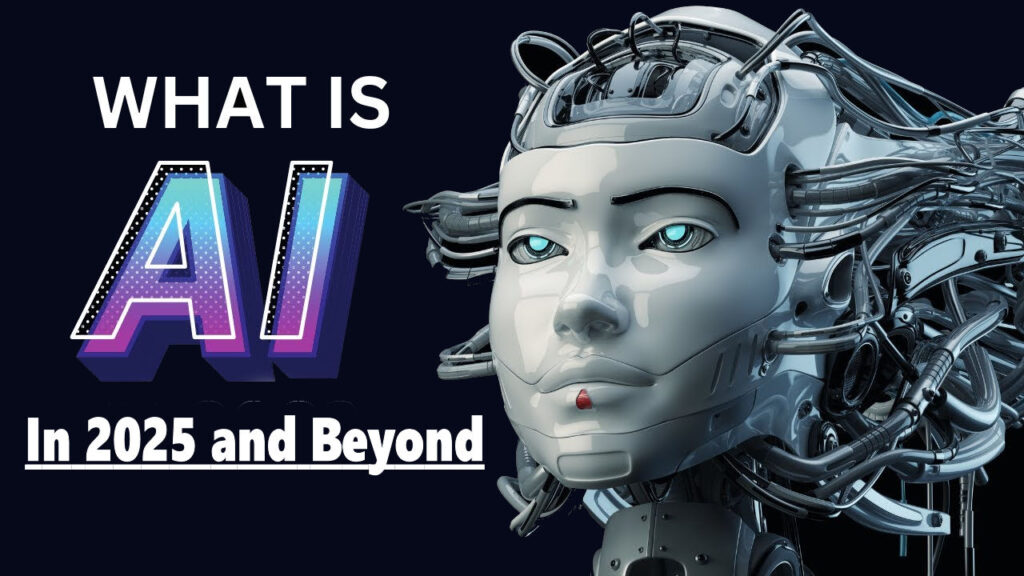
AI in the Workforce: Transforming, Not Eliminating Jobs
One of AI’s most significant societal impacts is on employment. While automation is replacing routine tasks, the broader trend is job transformation rather than outright displacement. AI is enhancing efficiency in fields like finance, healthcare, and creative industries, creating demand for workers skilled in AI management, ethics, and human-centered problem-solving.
Projected Workforce Impact by 2025
| Sector | AI’s Role |
|---|---|
| Healthcare | AI-assisted diagnostics, robotic surgery, virtual health assistants |
| Finance | AI-driven fraud detection, algorithmic trading, automated financial advising |
| Retail | AI-powered personalization, cashier-less stores, demand forecasting |
| Manufacturing | Increased automation, AI-driven predictive maintenance |
| Creative Industries | AI-generated content, deep-learning art, automated video editing |
Key takeaway: AI is not a monolithic job killer—it is a redefinition of skill sets. The future workforce will require adaptability, blending technical proficiency with uniquely human attributes like emotional intelligence, critical thinking, and creativity.

AI and Creativity: Machines Generating Art and Ideas
Traditionally, creativity was seen as an exclusively human trait. However, AI is now composing symphonies, generating compelling artwork, and even writing literature. This raises philosophical and practical questions: Can AI be truly creative, or is it merely mimicking human ingenuity?
- AI-generated paintings are being auctioned for thousands of dollars.
- AI-written novels are being published and sold.
- AI-assisted filmmaking is streamlining production processes.
How AI is Disrupting Creative Fields
| Creative Field | AI’s Role |
|---|---|
| Visual Art | AI-generated paintings, digital artwork creation |
| Music | AI-composed symphonies, beat generation, voice synthesis |
| Writing | AI-generated articles, book authorship, scriptwriting |
| Film & Animation | AI-assisted editing, deepfake performances, automated visual effects |
While AI is expanding creative possibilities, its rise raises ethical questions: Will AI devalue human artistry, or will it serve as an innovative tool for artists? Should AI-created works be legally copyrighted, and if so, who owns them—the programmer or the algorithm?
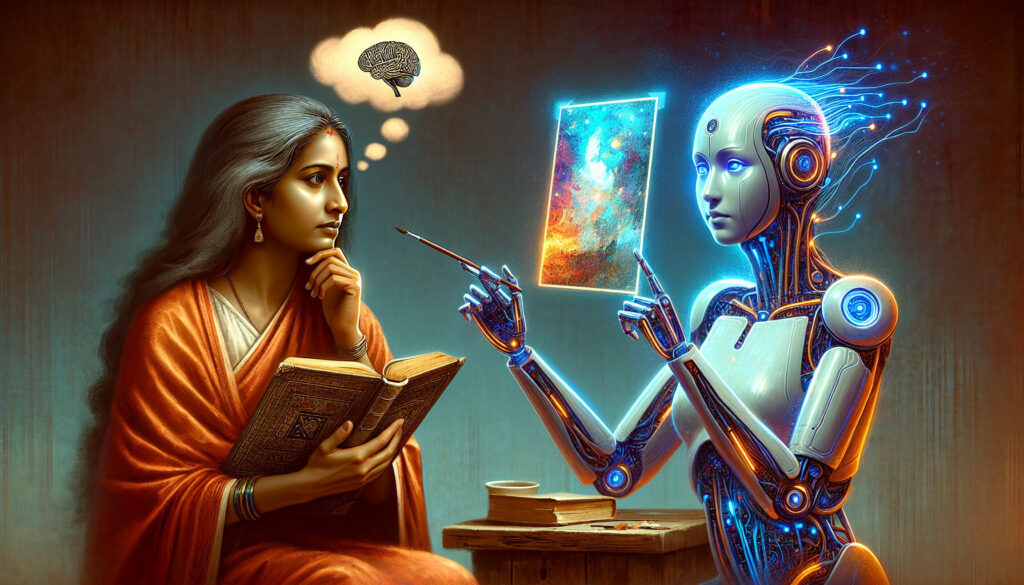
AI in Healthcare: Accelerating Medical Breakthroughs
The healthcare industry is witnessing a revolution driven by AI. From diagnosing diseases earlier than human doctors to personalizing treatment plans, AI is improving medical accuracy, efficiency, and accessibility.
AI’s Role in Healthcare
| Area | AI’s Role |
|---|---|
| Disease Diagnosis | AI-powered imaging detects cancers, neurological disorders, and cardiovascular conditions with greater precision. |
| Personalized Medicine | AI tailors treatments based on genetic analysis and patient history. |
| Robotic Surgery | AI-assisted robotic systems improve surgical precision, reducing risks. |
| Virtual Healthcare | AI chatbots and virtual assistants provide 24/7 patient support. |
While AI’s integration into healthcare is undeniably beneficial, it also brings concerns. Who is accountable when an AI-driven diagnosis leads to a medical error? How do we prevent AI from reinforcing healthcare disparities by favoring data-rich, well-funded institutions while neglecting underprivileged communities?
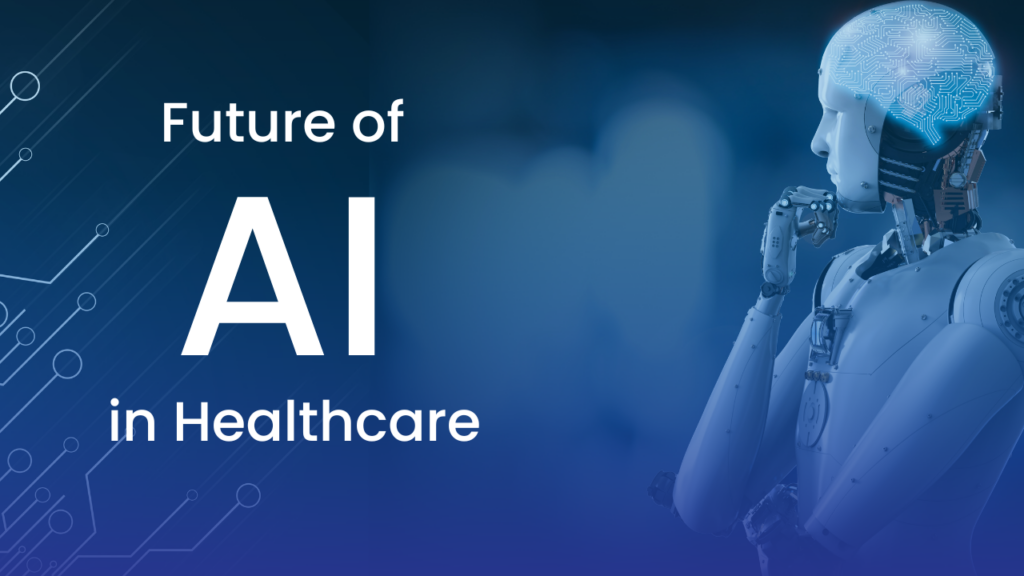
AI and Autonomous Vehicles: Are We Ready to Surrender Control?
Self-driving technology has been on the horizon for years, but 2025 could be the tipping point for large-scale adoption. Major automotive and tech companies are investing billions into AI-driven transportation, and regulatory frameworks are evolving to accommodate these changes.
The Future of Self-Driving Technology
- Level 4 Automation: AI-controlled vehicles operating autonomously in predefined areas.
- AI-Powered Traffic Management: Intelligent infrastructure optimizing traffic flow and reducing congestion.
- Autonomous Delivery Networks: AI-driven drones and trucks transforming logistics and e-commerce.
Projected Safety Benefits
| Year | Human-Driven Accident Rate | AI-Driven Accident Rate (Projected) |
|---|---|---|
| 2023 | 6.3 million accidents/year | 1.2 million accidents/year |
| 2025 | 5.8 million accidents/year | 500,000 accidents/year |
Despite the potential for fewer road fatalities, there is lingering public distrust. Can AI reliably make ethical split-second decisions in unavoidable accidents? How do we ensure self-driving technology isn’t vulnerable to cyberattacks that could compromise passenger safety?
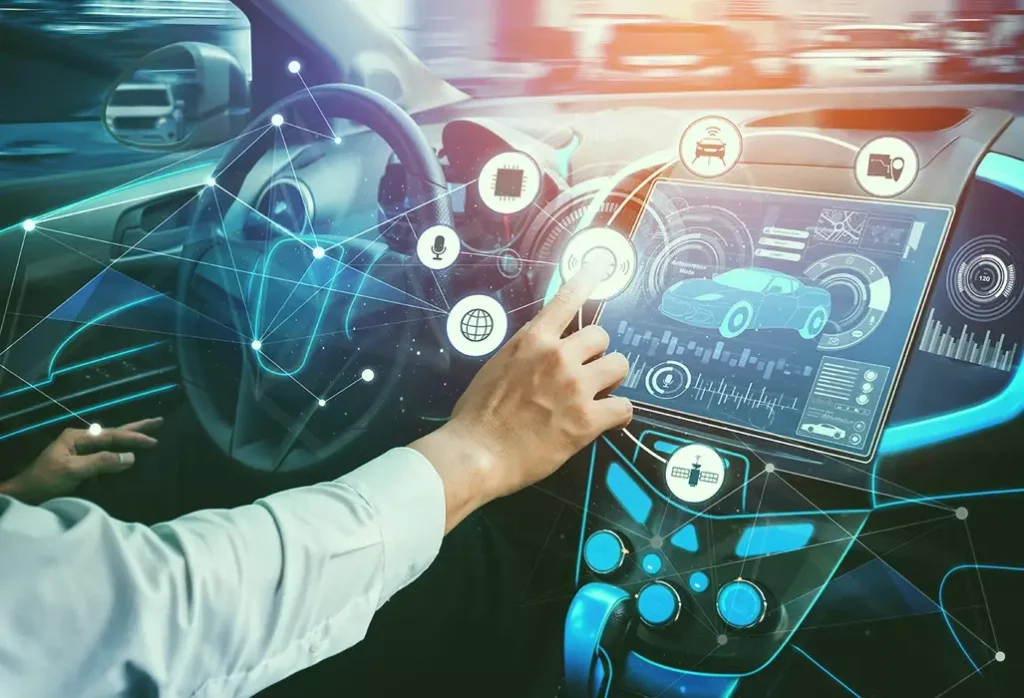
AI Ethics and Regulation: The Race to Keep Up
As AI systems become more powerful, the need for robust ethical guidelines and regulations becomes critical. The risks include bias in AI decision-making, mass surveillance, and the increasing potential for AI to be misused in warfare, disinformation, and economic manipulation.
Key Ethical Concerns by 2025
- Algorithmic Bias: AI systems can unintentionally reinforce social biases, leading to unfair treatment in hiring, law enforcement, and financial decisions.
- Privacy and Surveillance: AI-powered facial recognition raises concerns about government and corporate overreach.
- Autonomous Decision-Making: Should AI be allowed to make medical, legal, or financial decisions without human intervention?
Projected AI Regulation Growth
| Year | Countries with AI-Specific Laws |
|---|---|
| 2020 | 5 |
| 2023 | 15 |
| 2025 (Projected) | 40+ |
The critical challenge for policymakers is finding the balance between fostering AI innovation and mitigating potential harm. Without oversight, AI’s power could outpace society’s ability to control it.
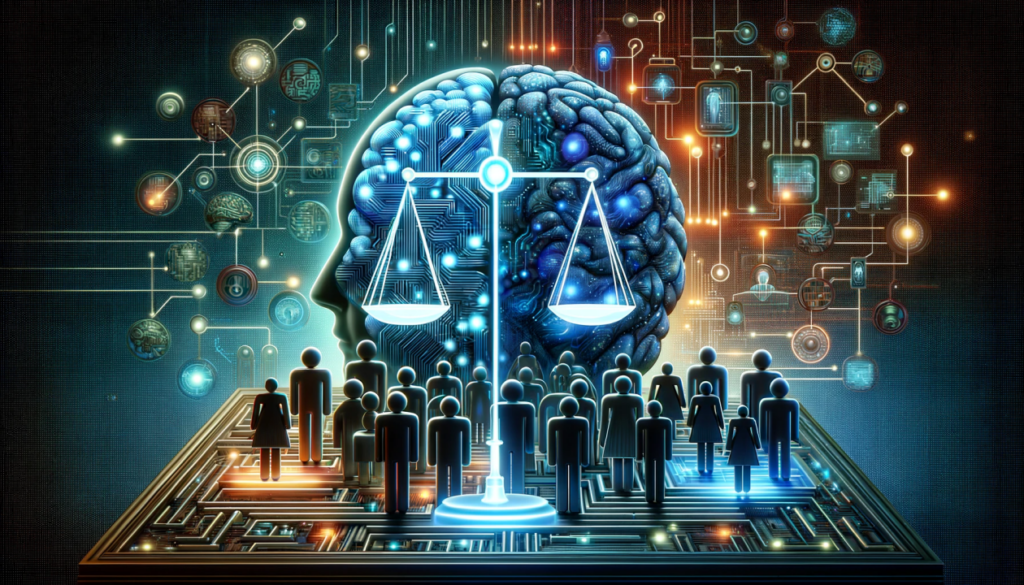
Conclusion: The Future of AI is Ours to Shape
AI is not just a technological trend—it is a paradigm shift that will define the coming decades. The next few years will determine whether AI is a tool for empowerment or a disruptive force that widens social divides.
We stand at a crucial moment:
- Will AI enhance human creativity and productivity or lead to job displacement and social unrest?
- Will AI democratize access to technology or consolidate power in the hands of a few corporations?
- Will AI improve global living conditions or exacerbate inequality?
The future of AI is not predetermined—it is a reflection of the choices we make today. AI’s trajectory depends not only on technological progress but on how governments, corporations, and individuals choose to shape its role in society.
Are we ready to make those choices wisely?
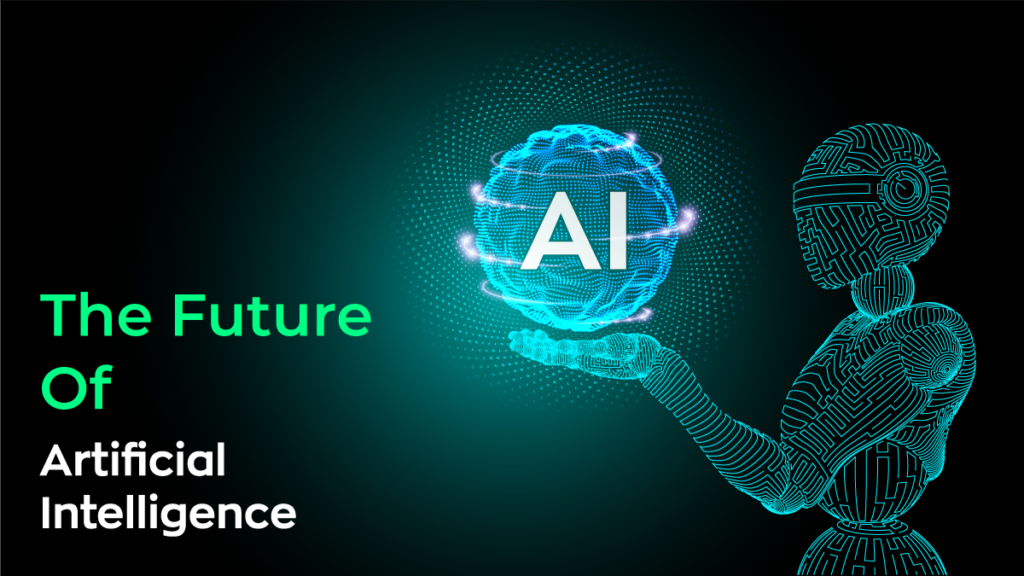
Join the Discussion
What excites you most about AI’s future? What concerns you? Share your thoughts in the comments!

